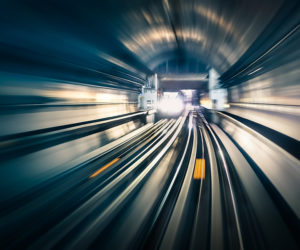
Sorry, your browser is not compatible with this application. Please use the latest version of Google Chrome, Mozilla Firefox, Microsoft Edge or Safari.
Commuter Rail: Most Systems Struggling to Recover Ridership Following the COVID-19 Pandemic
Nearly five years after the pandemic began, most U.S. commuter rail systems are still struggling to regain pre-COVID ridership levels, despite restoring or exceeding service levels. While some systems have expanded hours, added fare incentives, and pursued service adaptations, fare revenue remains significantly down, and operating costs have risen due to inflation, labor shortages, and supply chain issues. Agencies have leaned heavily on federal relief funding, much of which has now been depleted, creating financial uncertainty for long-term operations. Without sustainable funding and ridership recovery, many systems face difficult choices that could impact the future of commuter rail across the country.

| Format: |
|
| Topics: | |
| Website: | Visit Publisher Website |
| Publisher: | Government Accountability Office (GAO) |
| Published: | May 1, 2025 |
| License: | Public Domain |
Featured Content

Contact Publisher


Claim Content





